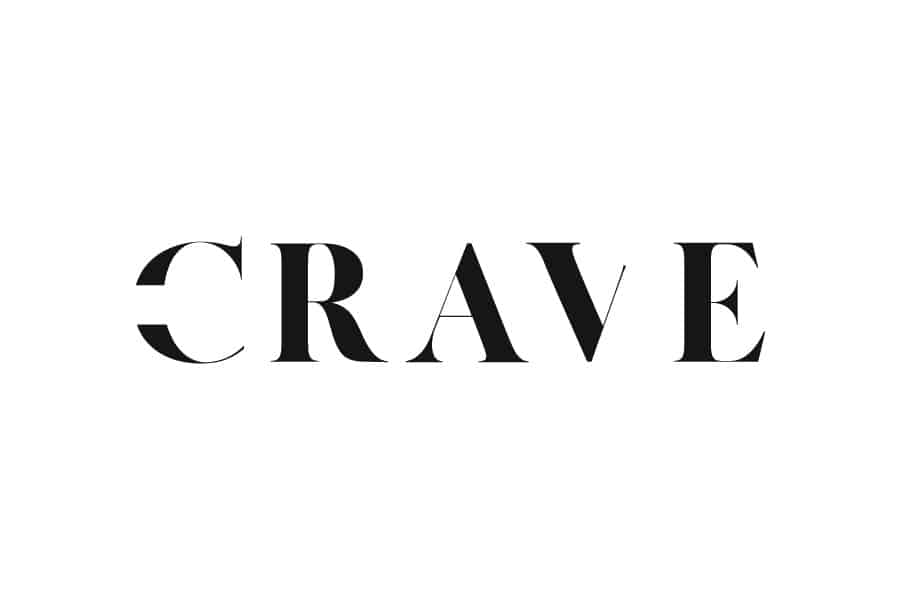Original article posted here
This fall, a new string of huts was completed that hopes to open up a new route of exploration through Southern Utah. Designed specifically for bikers and known as the Aquarius Trail, it will become fully operation next spring, ready to serve as a legit hut-to-hut, cross-country experience or as individual base camps. Below, we highlight everything you need to know about the brand new trail.
The Aquarius Trail is a public-private partnership featuring 5 fully-stocked huts.
The trail system is comprised of five huts along a 190-mile route from the peak of Brian Head (11,307 feet) to Escalante (5,820 feet). The huts are spaced approximately 30 to 40 miles apart, with long, challenging climbs and fun, speedy descents along the way.
Each hut is made of recycled shipping containers and uses solar power to provide electricity. Sleeping up to 12 people, most huts have two bunk rooms (3 bunk beds each), a kitchen, bathroom with foot-pump showers, bike maintenance/repair station, fire pit, and plenty of space to spread out and relax. They also have modern conveniences, like solar-powered outlets and a refrigerator and freezer.
Refrigerator? Freezer? Yep. These huts come fully stocked, not just with solar and gas-powered cooking equipment – including an outdoor grill, two-burner stove, and kitchenware – but with actual food and drinks. Purchase of a spot in the hut includes food for three meals (breakfast and dinner at the huts, with lunch provisions and trail snacks to go), and you can add on a beer package, too, that will have your favorite cold ones waiting.
The first hut on the trail, the Hatch Hut, is located on private property. The other four are built inside the boundaries of Dixie National Forest. The company behind the huts’ construction, Escape Adventures, formed a partnership with the National Forest to build the huts.
The bike route is a gravel grinder’s heaven, and beautiful anyway you slice it.
There are some folks out there who simply love riding on gravel roads. If you’re one of them, then this trail was made for you. The majority of the trail is gravel and rocky, dirt, “fire” roads. Single trek sections are sprinkled in along the way, but they are few and far between. Take a look at the trail map and notice that some days do not include any single trek at all.
That said, no matter how you feel about what’s under your tires, you won’t be disappointed by the scenery in front of your eyes. The views above Brian’s Head, the beauty of Red Canyon, the peaceful forests of Pine Lake, the vast, open terrain of the Aquarius Plateau (from which the trail takes its name) – these are all areas the trail will introduce you to that you may have bypassed previously. The trail also includes a bit of history with a jaunt out to Powell Point, where John Wesley Powell surveyed Southern Utah.
Single trek seekers can utilize the hut system in a different way.
Of the 190-miles between Brian’s Head and Escalante, only a small percentage of them are single trek. So if gravel isn’t your thing, you might not enjoy riding the whole route between the five huts.
But, the single trek it does have is pretty exciting and highly regarded. For example, both Bunker Creek and Thunder Mountain are part of the Aquarius Trail. So, with that in mind, single trek riders might think about using the hut system in a different way. Instead of completing the entire trail, you could make a case for seeing the single huts as homebases to explore their respective areas in more depth, over the course of a couple days.
For example, the Butch Cassidy Hut is nearby the Thunder Mountain trailhead, as well as other attractions in Red Canyon. It would be perfectly feasible to bunk up at this hut for a weekend and, instead of passing through, stick around and ride all the nearby trails with your crew.
The huts are destinations in themselves.
Regardless of how you use the hut system and regardless of how you rank the terrain, it’s worth noting that the huts are destinations in themselves. Built in scenic and serene locations – remember, they’re mostly within Dixie National Forest – you wouldn’t even necessarily have to bring a bike to appreciate them.
The Pine Lake Hut, for example, is tucked away in the deep forest, seven miles from the nearest major intersection. The setting is a getaway in itself, meaning you could be happy even if you didn’t leave the hut. Same goes for the Aquarius Hut high atop the Aquarius Plateau. Check out what each individual hut has to offer in terms of location, and consider using it as an avenue to explore these lesser-known parts of Dixie National Forest.







 Since 1992, we at Escape Adventures have been blessed to shape and lead adventure travel vacations through some of the most awe-inspiring natural destinations in the world. Each successive season, our passion for adventure grows through memorable moments with our guests. Fresh air, faith, fitness and friends are the building blocks for our ventures, the treasured experiences that keep us moving forward. For those of you who have trekked and traveled with us over the past quarter century, Heather and I express our sincerest gratitude. The memories are priceless.
Since 1992, we at Escape Adventures have been blessed to shape and lead adventure travel vacations through some of the most awe-inspiring natural destinations in the world. Each successive season, our passion for adventure grows through memorable moments with our guests. Fresh air, faith, fitness and friends are the building blocks for our ventures, the treasured experiences that keep us moving forward. For those of you who have trekked and traveled with us over the past quarter century, Heather and I express our sincerest gratitude. The memories are priceless.